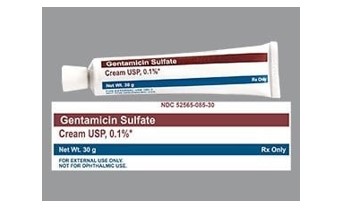A nurse is preparing to discharge a child who has a new prescription for an oral antibiotic. Which of the following information should the nurse include in the discharge instructions? (Select all that apply.)
Stopping the medication when the child feels beter.
The adverse effects of the medication.
Writen information about the medication.
Using a kitdchen spoon to administer the medication.
The reason why the child is taking the medication.
Correct Answer : B,C,E
The correct answer is choice b. The adverse effects of the medication., c. Written information about the medication., and e. The reason why the child is taking the medication.
Choice A rationale:
Stopping the medication when the child feels better is incorrect. It is important to complete the full course of antibiotics to ensure the infection is fully treated and to prevent antibiotic resistance.
Choice B rationale:
The adverse effects of the medication should be included in the discharge instructions. Parents need to be aware of potential side effects so they can monitor their child and seek medical attention if necessary.
Choice C rationale:
Written information about the medication is essential. This provides parents with a reference to review the medication’s purpose, dosage, and administration instructions.
Choice D rationale:
Using a kitchen spoon to administer the medication is incorrect. Kitchen spoons are not accurate for measuring medication doses. A proper measuring device, such as an oral syringe or medicine cup, should be used.
Choice E rationale:
The reason why the child is taking the medication should be included in the discharge instructions. Understanding the purpose of the medication helps ensure adherence to the prescribed treatment plan.
Nursing Test Bank
Naxlex Comprehensive Predictor Exams
Related Questions
Correct Answer is C
Explanation
Correct Answer is A
Explanation
According to Mayo Clinic, before applying gentamicin topical cream, one should wash the affected area with soap and water and dry thoroughly. Then apply a small amount to the affected area and rub in gently.

Whether you are a student looking to ace your exams or a practicing nurse seeking to enhance your expertise , our nursing education contents will empower you with the confidence and competence to make a difference in the lives of patients and become a respected leader in the healthcare field.
Visit Naxlex, invest in your future and unlock endless possibilities with our unparalleled nursing education contents today
Report Wrong Answer on the Current Question
Do you disagree with the answer? If yes, what is your expected answer? Explain.
Kindly be descriptive with the issue you are facing.
